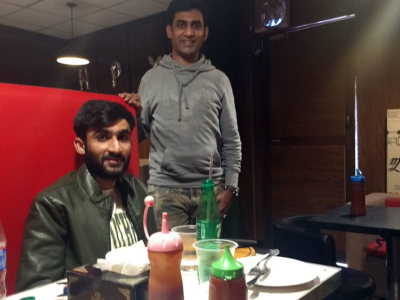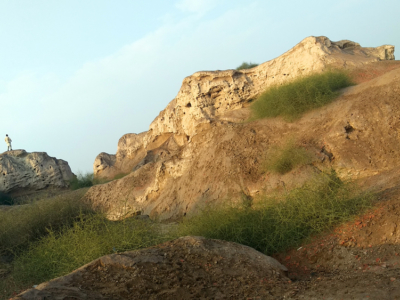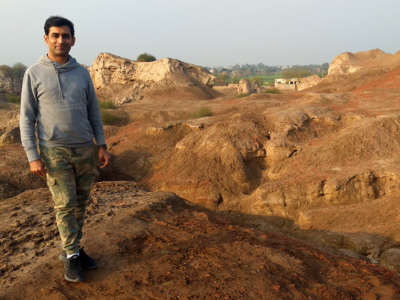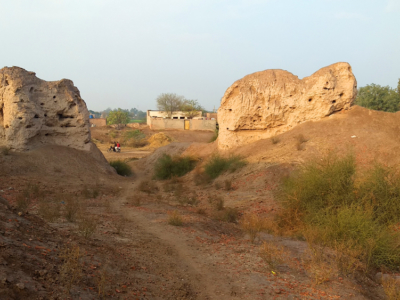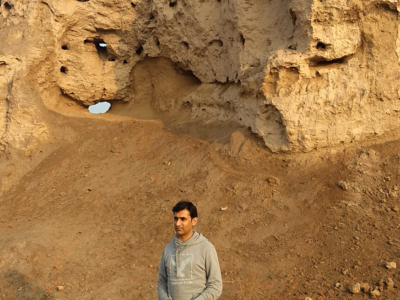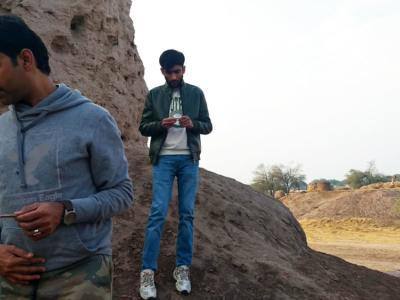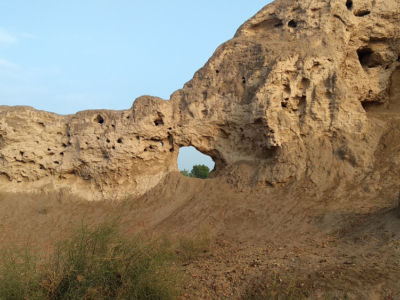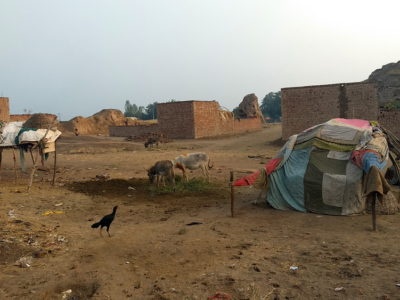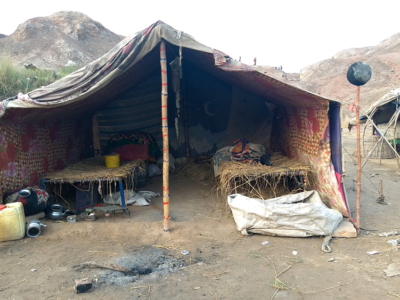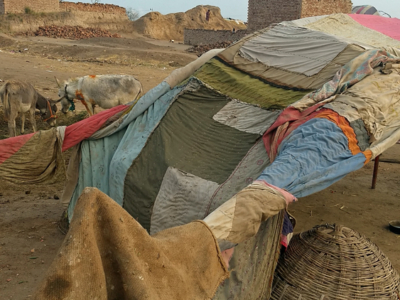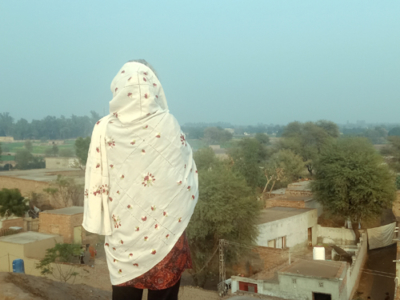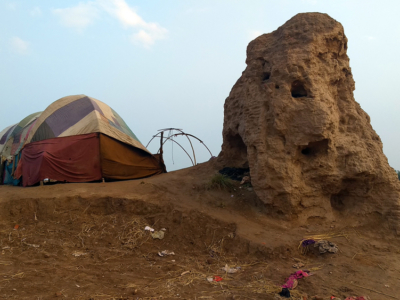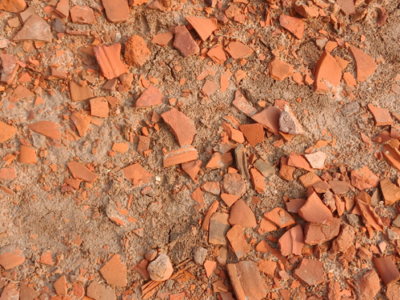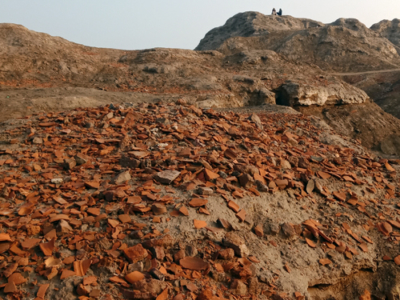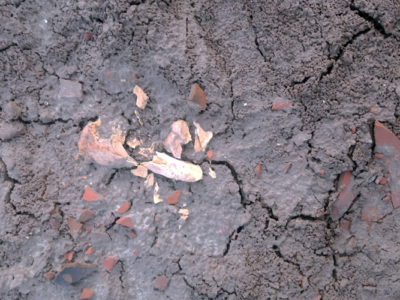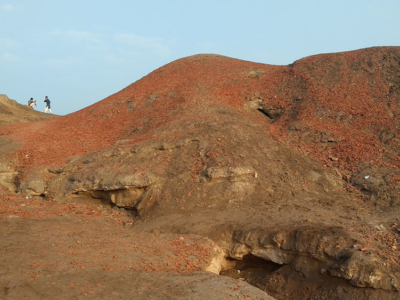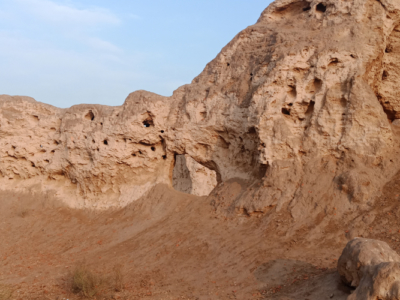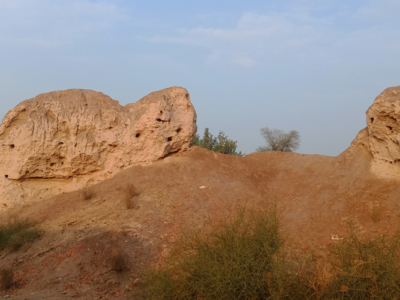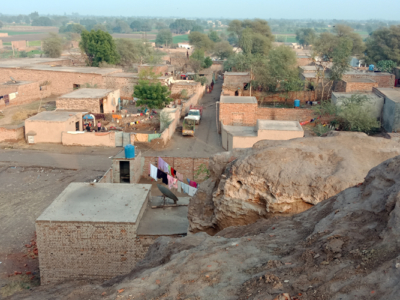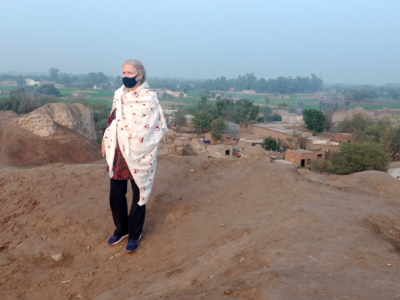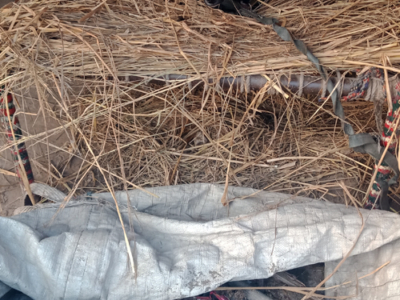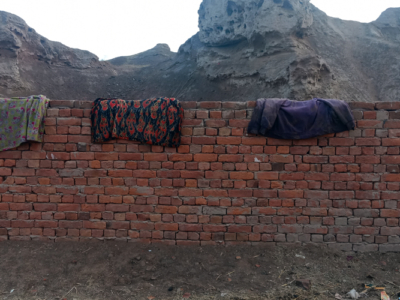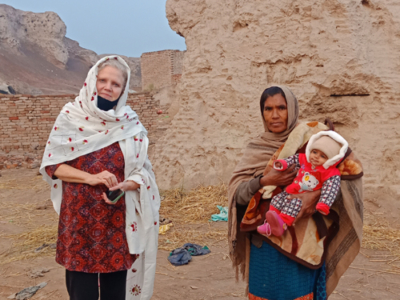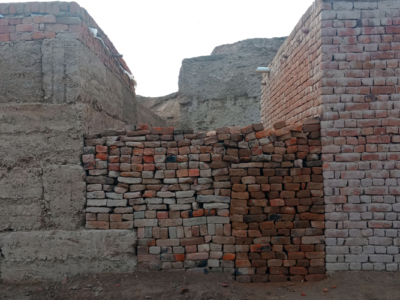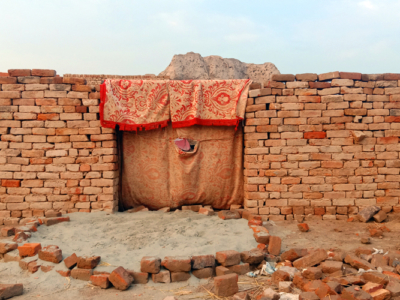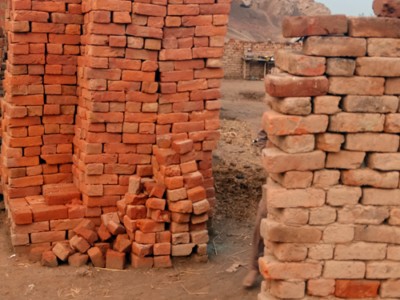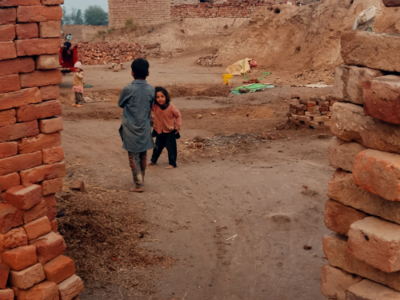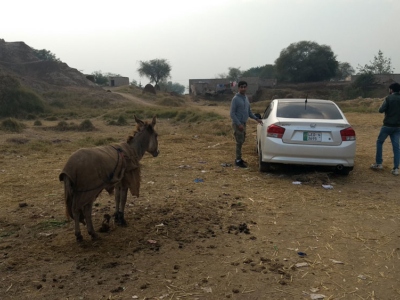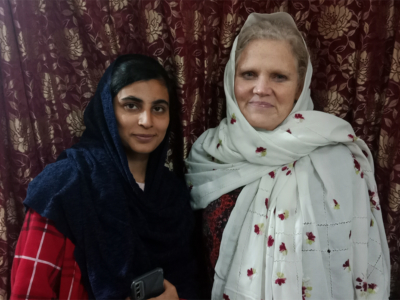[alg_back_button]
Your Portfolio Archive currently has no entries. You can start creating them on your dashboard.
Visual artist Farrukh Addnan grew up in Tulamba, a rural Punjabi village situated on an ancient and neglected archaeological site which is an important locus of research for Farrukh and inspired the work he produced for Ecologies of Displacement.
Here Farrukh goes in depth in a geographical, historical, and personal exploration of Tulamba in an installation at Beaconhouse National University in Lahore.
After two days touring Lahore, Farrukh, his brother Fahad Noman and I drove the four hours on excellent motorway through mustard fields dotted with date palms to their childhood village of Tulamba. Tulamba is over 2000 years old and the ancient ruins on the edge of the modern town (and also running through it) are a site of archaeological significance that was investigated throughout the 1960’s. In subsequent years and for various reasons, investigation of this site was abandoned and it is now a place that the town encroaches upon. In the small area of ruins we visited, nomads were living in tents and with few other options local people used material from the site to build homes nearby. Children play on the ruins where the remains of the ancient civilisation – including shards of pottery and even human bones thousands of years old – are plainly visible on the surface of the terracotta coloured earth.
After spending the afternoon in this haunting place Farrukh, Fahad and I went on to visit their relatives in Tulamba. We were generously welcomed – as always in Pakistan! – by their mother’s sister and cousins, and drank tea in their courtyard as the sun went down. At the end of another day in Pakistan I had the sense of barely glimpsing the rich culture and history that was everywhere around me.
[alg_back_button]

